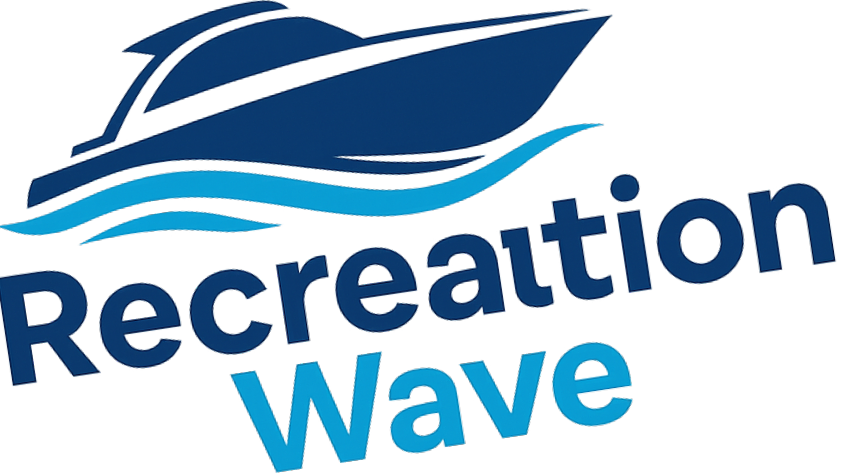
How Yachts Are Becoming Floating Laboratories for Ocean Health
As sailors navigate the open waters, they're not solely participating in thrilling adventures or fishing contests; they're also contributing to an emerging movement known as citizen science. This innovative approach empowers individuals, particularly those on yachts, to engage in critical data collection regarding ocean health.
A Journey of Discovery: Citizen Science on the High Seas
Meet Larissa Clark and Duncan Copeland, a family who has transformed their sailing journey into a mission for ocean conservation. Traveling from Victoria, Canada, to the UN biosphere reserve at Fakarava Atoll in French Polynesia, their expedition is much more than just a family vacation. Equipped with tools like the Secchi Disk, which measures water clarity, their adventure offers a unique blend of education and environmental activism. Constantly adjusting their sails and methodologies, their journey exemplifies how sailing can actively contribute to science.
Engaging Kids in Conservation: The Importance of Early Education
Getting children involved in such projects is crucial. Larissa and Duncan note that their primary-aged kids have embraced the task of collecting data with enthusiasm, logging their findings using an app without much supervision. When children learn from nature directly, they develop a deeper understanding and appreciation of environmental issues. Teaching kids to see the ocean as both a playground and a laboratory proves beneficial for fostering a new generation of environmental stewards.
Why Citizen Science Matters: The Growing Need for Data
With our oceans facing unprecedented threats such as plastic pollution, climate change, and loss of biodiversity, the need for data has never been more pressing. Each small piece of information collected contributes to a broader understanding of the ocean's health. Initiatives like "Ocean Citizen Science" encourage people to participate, showcasing that individual actions can lead to meaningful contributions in addressing global environmental challenges.
Becoming a Part of the Solution: How You Can Contribute
As members of the sailing community, yacht enthusiasts can play a vital role in ocean conservation. Engaging in citizen science is as simple as participating in established projects or using research tools available online. Whether it's logging water clarity, tracking wildlife, or monitoring pollution, every effort counts. By collaborating with scientific institutions, sailors not only enrich their experiences on the water but also provide valuable insights into marine ecosystems.
Making Waves: The Impact of Collective Action
When you consider the power of collective citizen science, the potential becomes incredible. Sailors like Larissa and Duncan symbolize a broader initiative among water enthusiasts to connect with nature while also advocating for its health. Every person engaging in these efforts serves as a link to a larger community of conservationists, reinforcing the notion that we can all contribute to the well-being of our environment while enjoying the beauty of the ocean.
Joining this vibrant movement of citizen science not only enriches your sailing experience but also nurtures a vital sense of responsibility towards the planet. If you’re intrigued by the concept and wish to embark on your journey of scientific discovery at sea, there’s no time like the present to get involved!
 Add Row
Add Row  Add
Add 




Write A Comment